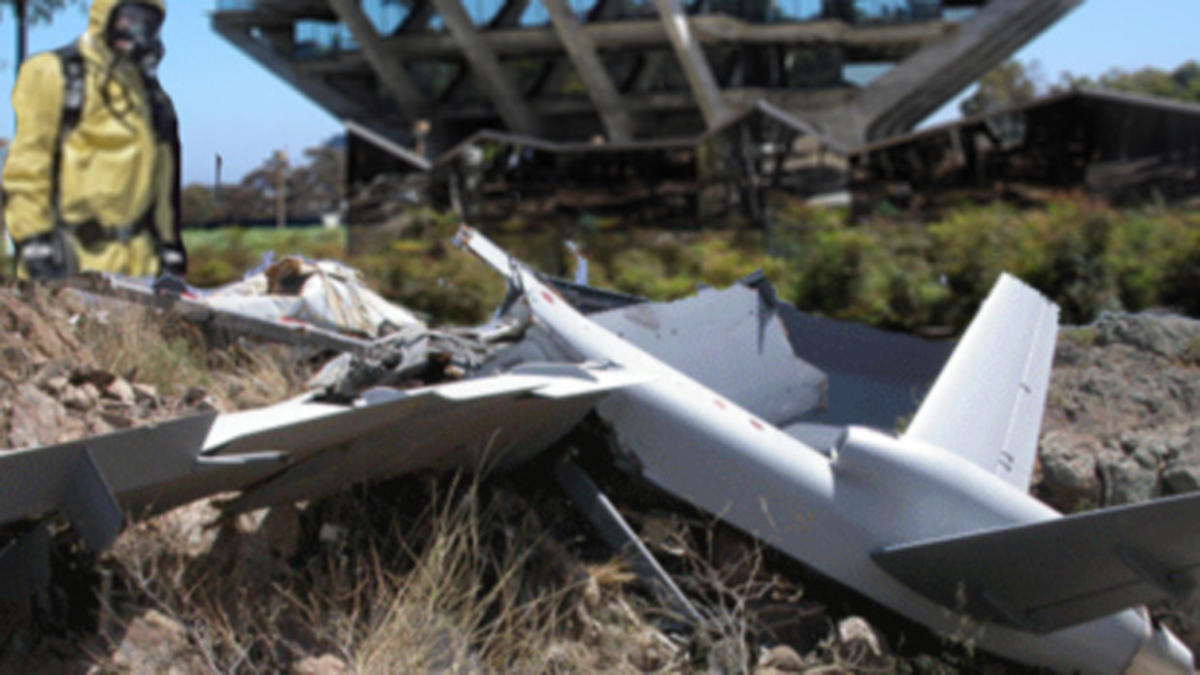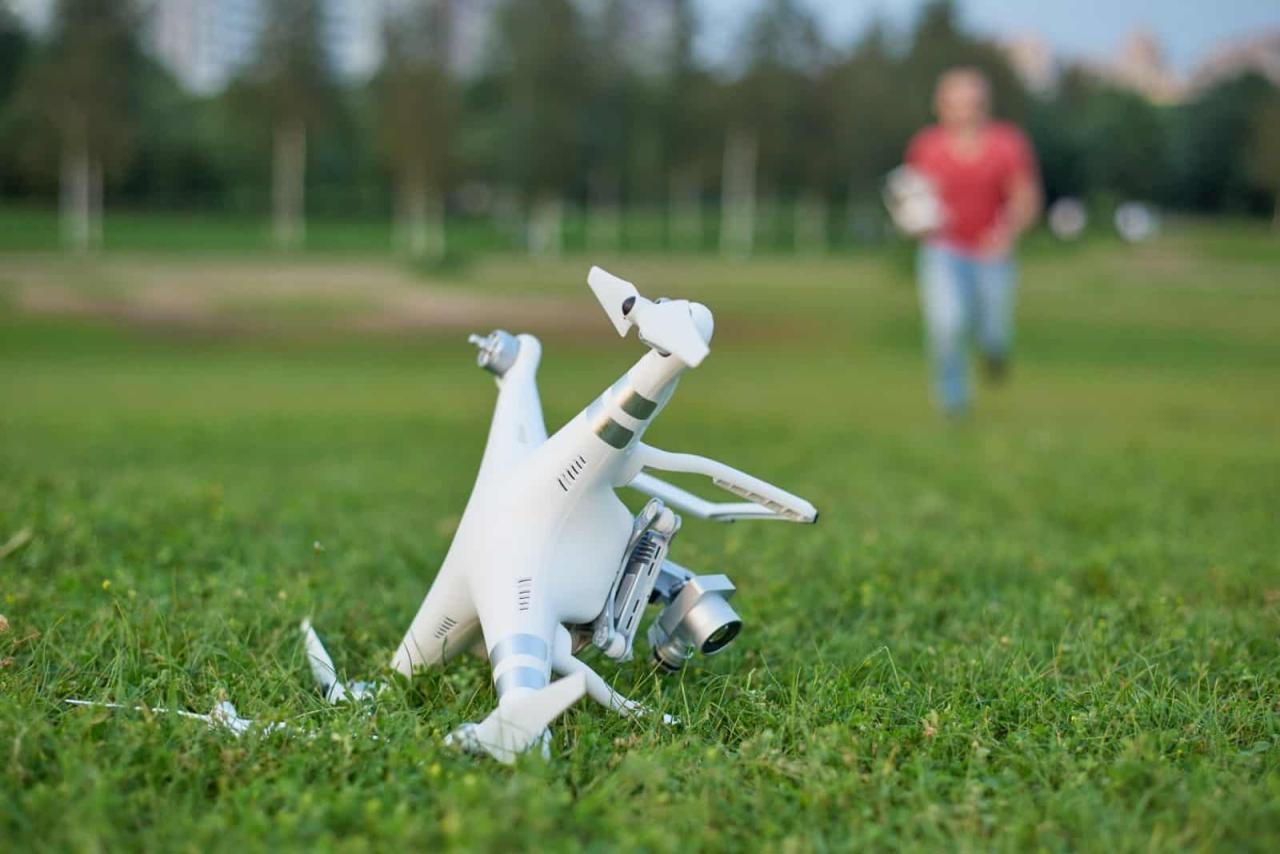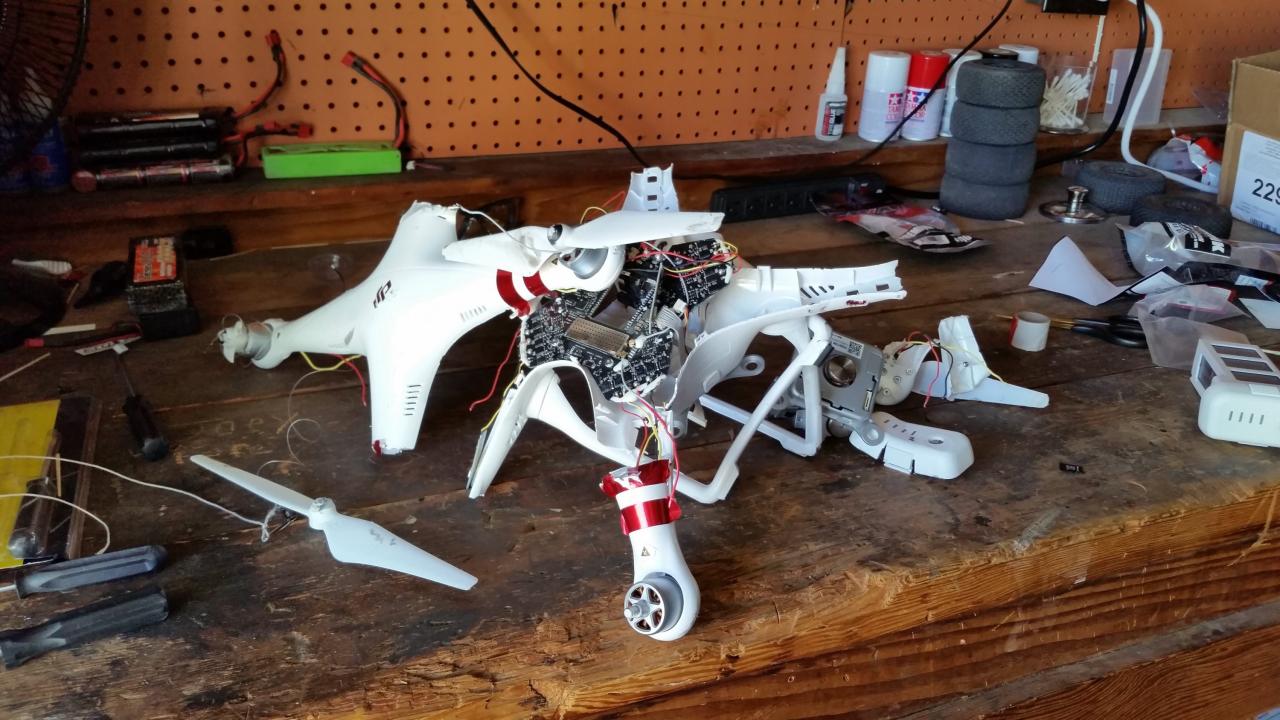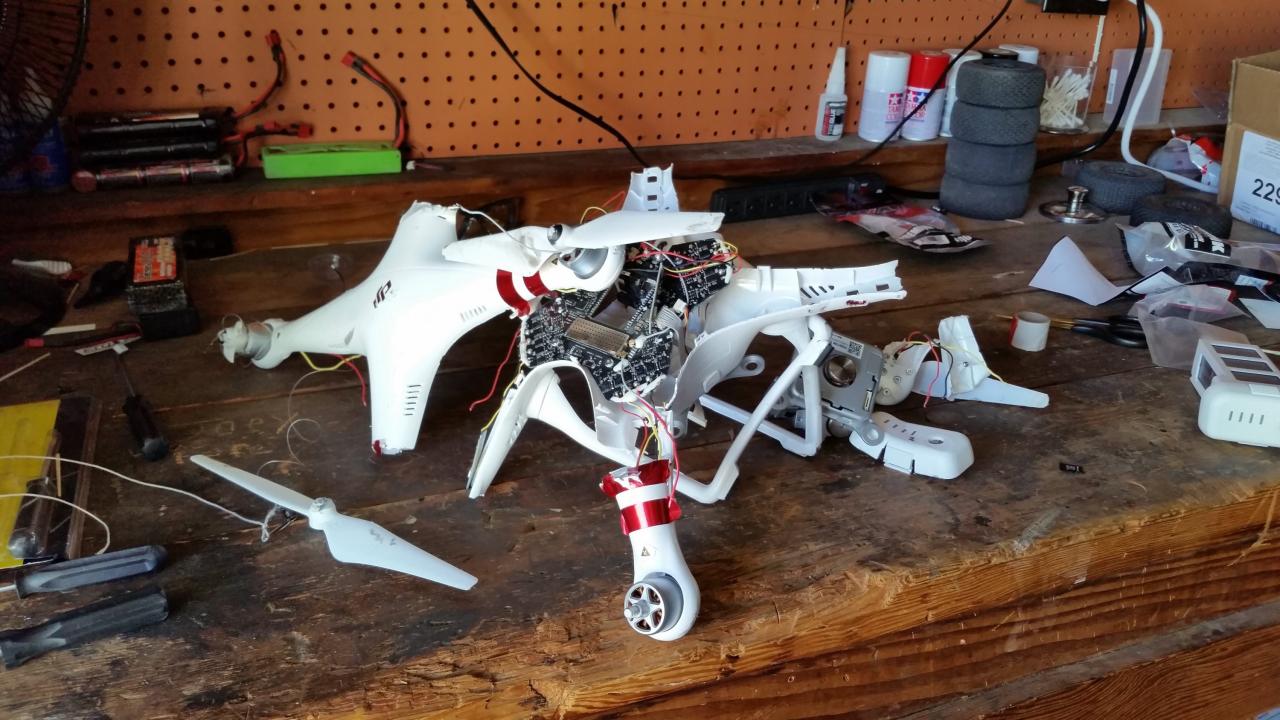Drone crash in Paris – the words alone conjure images of chaos and uncertainty. This incident, however, offers a fascinating case study into the complexities of urban drone operation, encompassing mechanical failures, human error, regulatory challenges, and public perception. We’ll delve into the specifics of this event, examining the contributing factors, legal ramifications, and the technological advancements needed to prevent future occurrences.
From the type of drone involved and the precise location of the crash to the potential causes and the resulting public reaction, we will explore every facet of this compelling story. We’ll also look at the regulatory landscape in Paris and France, the legal liabilities, and the role of social media in shaping public opinion. Finally, we’ll examine technological solutions, focusing on how advancements in drone design and AI could help prevent similar incidents in the future.
Drone Crash in Paris: A Detailed Analysis
A drone crash in Paris recently sparked concerns about urban drone regulations, safety protocols, and public perception of this rapidly evolving technology. This article delves into the incident, exploring its causes, legal ramifications, public reaction, and technological implications, offering insights into the future of drone operations in urban environments.
That drone crash in Paris got everyone thinking about safety, right? It makes you wonder about the logistics of widespread drone use, especially considering places like those listed on this site showing amazon drone delivery locations. Knowing where Amazon plans to fly their drones is key to understanding the potential for future incidents, and how to avoid similar crashes in densely populated areas like Paris.
Incident Details

The incident involved a DJI Mavic 3 drone, a popular model known for its advanced camera and obstacle avoidance features, crashing near the Eiffel Tower on a Tuesday afternoon. The drone, reportedly being flown by a tourist, experienced a sudden loss of control, resulting in a descent onto a crowded plaza. The exact time of the crash was approximately 2:45 PM, causing minor damage to a nearby flower stall and resulting in a minor injury to a bystander who was hit by debris.
Emergency services responded swiftly, securing the area and attending to the injured party. The pilot was questioned by authorities.
Potential Causes

Several factors could have contributed to the crash. Possible mechanical failures include a malfunction in the drone’s flight controller, motor failure, or a battery issue. Human error, such as pilot inexperience, improper operation of the controls, or a failure to heed warnings, may also have played a role. Environmental factors such as unexpected wind gusts or GPS interference from surrounding structures are also under investigation.
That drone crash in Paris really highlights the risks involved with these things, doesn’t it? It makes you think about the planning and safety protocols needed for large-scale drone displays, unlike what you might see at a spectacular event like the florida drone show. Hopefully, incidents like the Paris crash will lead to better regulations and safer drone operation overall, preventing future mishaps.
A comparison with similar incidents in other cities, such as New York or London, reveals that many urban drone crashes stem from a combination of these factors. The possibility of a deliberate act of sabotage, though currently unlikely, is not being ruled out by investigators.
Regulatory and Legal Aspects
France has strict regulations governing drone operation, particularly within urban areas like Paris. These regulations cover aspects like registration, pilot certification, flight altitude limitations, and no-fly zones. The incident could lead to stricter regulations, including increased scrutiny of pilot training and enhanced drone safety features. The legal liabilities associated with the crash fall primarily on the drone operator, potentially involving civil and criminal charges depending on the investigation’s findings.
The investigation involves the French Civil Aviation Authority (DGAC), local police, and potentially the drone manufacturer, depending on whether mechanical failure is confirmed.
A hypothetical scenario: If pilot negligence is proven, the operator could face fines, potential imprisonment, and be responsible for all damages and medical costs associated with the crash.
Public Reaction and Media Coverage
The drone crash generated significant public interest, with immediate coverage from major news outlets and widespread discussion on social media. Public reaction was largely a mixture of concern about safety and frustration regarding irresponsible drone use. Social media amplified the event’s visibility, spreading both factual information and speculation. A hypothetical social media campaign following the incident would focus on public safety awareness, responsible drone operation guidelines, and highlighting the benefits of drone technology while emphasizing safety measures.
Technological Implications

Preventing future incidents necessitates technological advancements in drone safety. This includes improvements in GPS accuracy, enhanced obstacle avoidance systems, improved battery technology, and more robust flight controllers. The incorporation of AI and machine learning can significantly improve drone safety, allowing for real-time analysis of flight data, prediction of potential hazards, and automated emergency responses. A comparison between current and future drone safety features reveals a need for more sophisticated systems capable of handling unexpected events and environmental challenges.
| Safety Feature | Current State | Future Improvements | Potential AI/ML Role |
|---|---|---|---|
| Obstacle Avoidance | Basic sensor-based systems | Advanced AI-powered obstacle detection and avoidance | Real-time object recognition and trajectory planning |
| GPS Navigation | Subject to interference | Redundant navigation systems, integration with other sensors | Predictive modelling of GPS signal loss and alternative navigation strategies |
| Fail-Safe Mechanisms | Basic return-to-home functions | Automated emergency landing protocols, controlled descent | Real-time assessment of risk and automated decision-making |
| Battery Management | Limited real-time monitoring | Improved battery technology, real-time health monitoring | Predictive modelling of battery life and remaining flight time |
Illustrative Example: A Visual Depiction, Drone crash in paris
The drone, initially flying at approximately 100 meters altitude, veered sharply towards the Eiffel Tower, seemingly losing altitude rapidly. Its trajectory took it over the Champ de Mars, passing near the carousel before it crashed near the flower stalls. The drone’s speed increased during the final descent. The drone itself was severely damaged upon impact, with its propellers broken and the camera casing cracked.
The surrounding area was littered with small pieces of debris, and the flower stall sustained minor damage.
Ultimate Conclusion: Drone Crash In Paris
The Paris drone crash serves as a stark reminder of the potential risks associated with increasingly prevalent drone technology in densely populated urban areas. While the incident itself is unfortunate, it presents a valuable opportunity to learn from mistakes and improve safety protocols. By examining the various aspects of this case, from mechanical issues to regulatory frameworks, we can work towards a future where drone technology benefits society without posing undue risks.
Further research and technological advancements are crucial to mitigate future incidents and foster public trust in this rapidly developing field.
Questions Often Asked
What was the estimated cost of the damage caused by the drone crash?
This information is often not immediately released and depends on the extent of the damage, which requires a full investigation.
Were there any arrests made in connection with the drone crash?
That depends on the investigation’s findings. Arrests are only made if negligence or malicious intent is proven.
That drone crash in Paris really highlights the risks involved in these aerial displays, right? It makes you think about the level of precision needed, something the organizers of the Niagara Falls drone show clearly understand. Hopefully, lessons learned from incidents like the Paris crash will improve safety protocols for future drone shows everywhere.
What kind of insurance would cover a drone crash like this?
Liability insurance specifically designed for drone operations is crucial. The specifics of coverage vary depending on the policy.
How common are drone crashes in Paris compared to other major cities?
Data on drone crashes varies across cities and isn’t always publicly available, making direct comparison difficult.
